I won this political cartoon postcard in an Australian auction in 2003, and it was ascribed to the 1930’s period. As the postcard is mint, with no date, and has no identifying company or country of production, I recognise that it has no postal history, but it does have significant social history interest. It shows a large rabbit who appears to have some political persona, (as does the man with the trooper-style hat), a long nose and ‘I.O.U.’ printed on his rear. There is a long but incomplete wire fence, and ‘30 per cent DUTY GAP’ is printed in the open gap of the fence. The legend reads: “BOSS RABBIT I’ve got 30% of his Wire Netting stopped. If he does not buy S.A.P. POISON we rabbits are safe”. The artist is simply identified as ‘Pas’ (Figure 1).
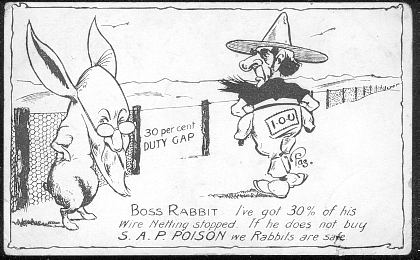
This paper has taken me into reams of paper, multiple reviews of Australian and international political cartoons, but nary a one with the moniker of ‘Pas’. In addition there have been multiple attempts to identify political leaders in Australia and America, as well as excursions into the world of tariffs and duty gaps. I wondered if this was nothing more than an advertisement for a rabbit poison, but I have almost excluded this idea. I have plagued multiple librarians in Australia and the U.S.A. and have come up with nought, and some of my philatelic colleagues have lost patience with my questtions. I had laid this postcard down for the last time 2 years ago, until now when my former brother-in-law, who was ‘R. V.- ing’ around Western Australia, sent me this dramatic photograph, which has rekindled my interest in publishing an as yet incomplete paper (Figure 2).
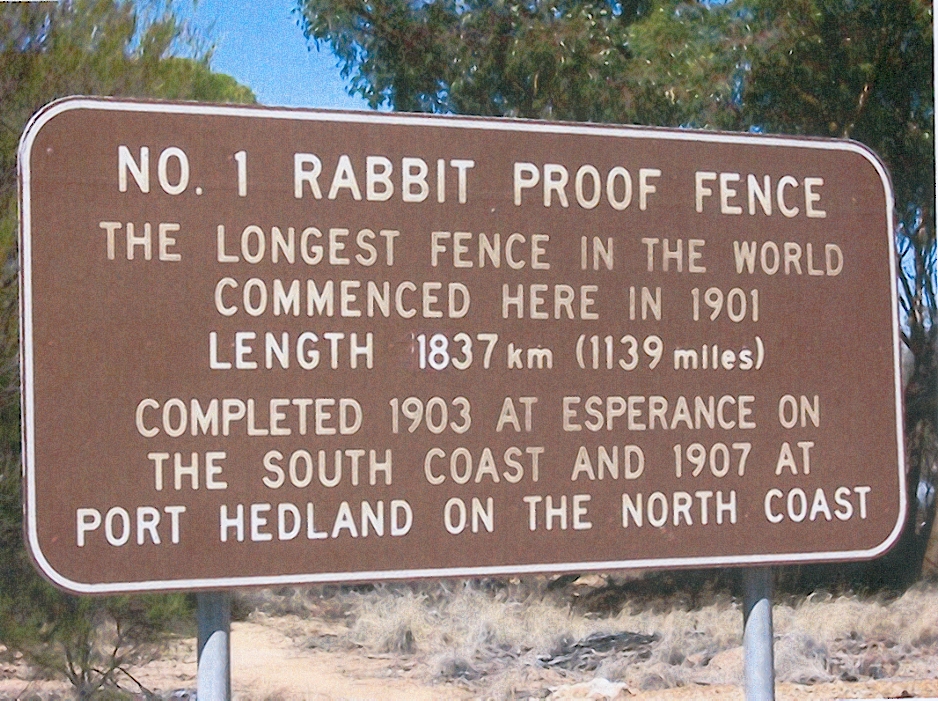
Australian cartoonists have had a veritable feast of rabbit cartoons, particularly in The Bulletin’; some examples of which are seen in the following figures. William Edward Abbott was a pastoralist and a politician who had done experimental work on eradication of rabbits. A photo of him is not available, but his brother (Joseph Palmer Abbott, who was also a politician) very closely matched the cartoon ‘politician’ shown, and I hope that they may have shared a family resemblance (Figure 3).
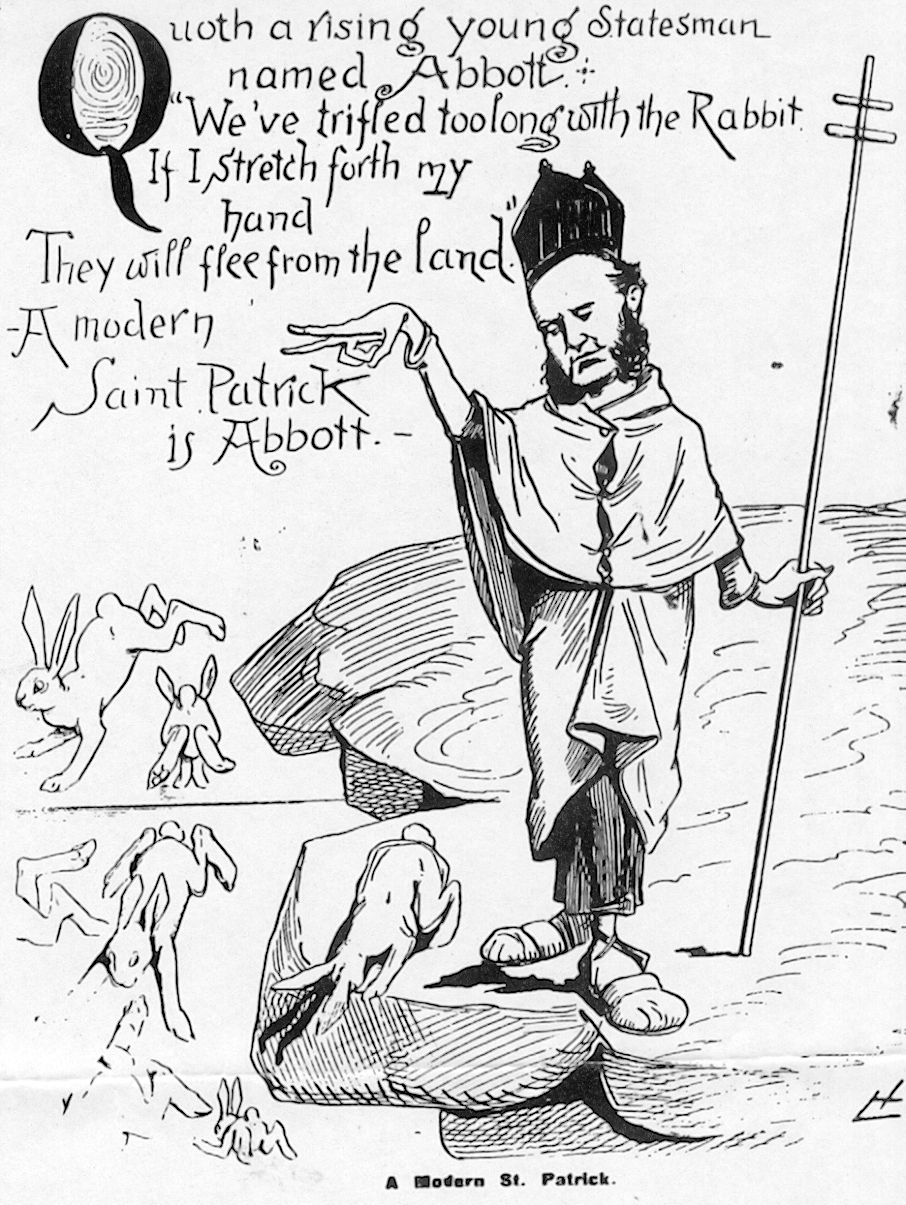
In another cartoon, the rabbit plague is taken to its logical extreme, and in yet another the climate is invoked for the alarming development of the rabbit problem (Figures 4 & 5).
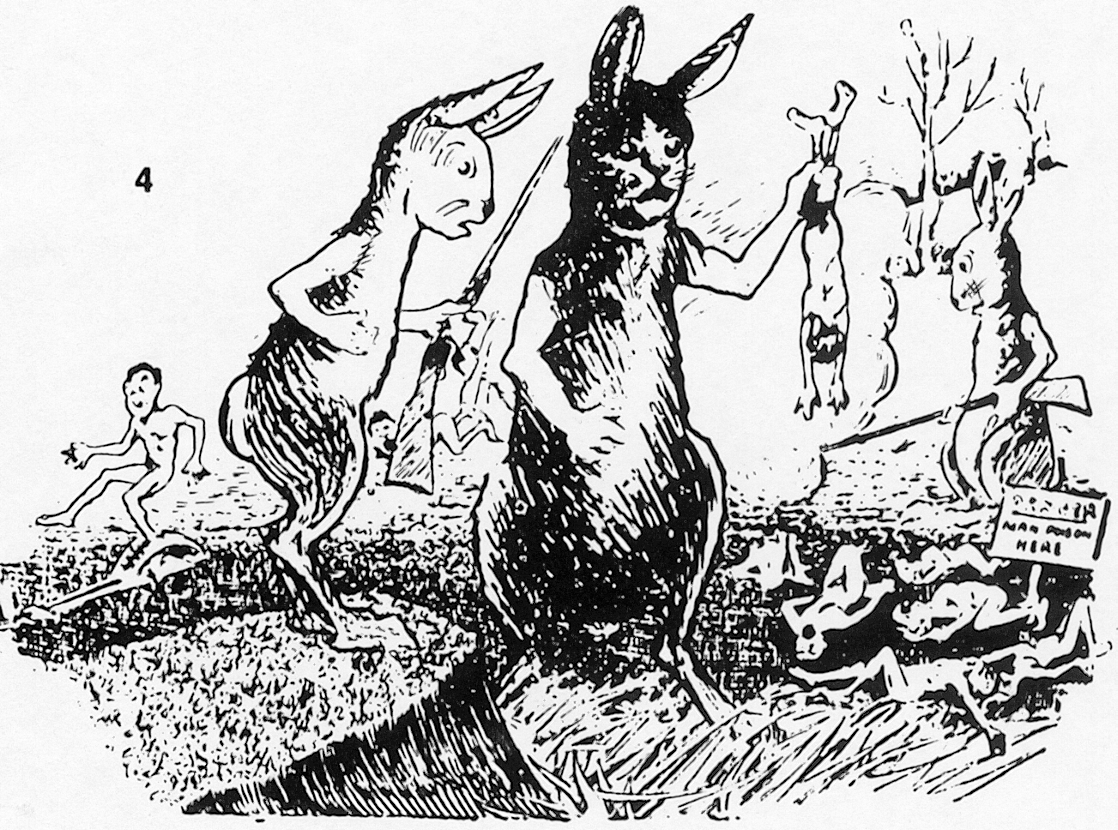
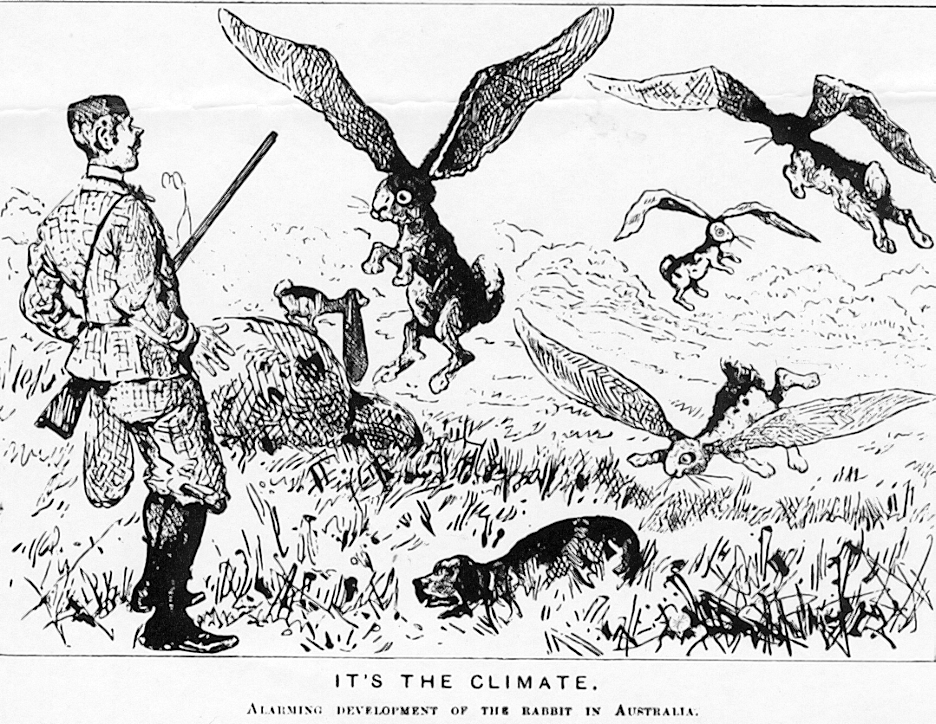
The last 2 cartoons were part of a paper titled ‘ Stop laughing, this is serious’ and the following photo speaks to the serious problems associated with the proliferation of the rabbit population (Figure 6).
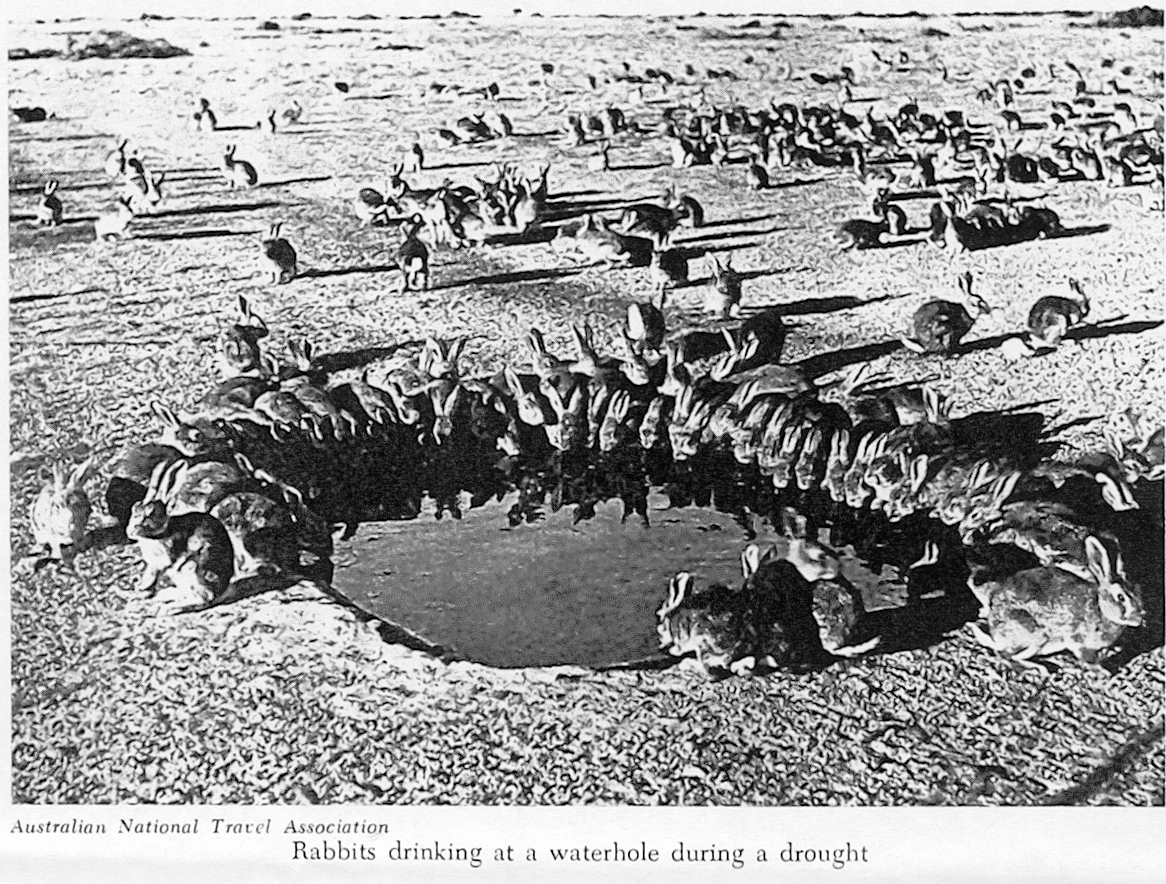
Addendum (October 2009): Do you want any more rabbits?
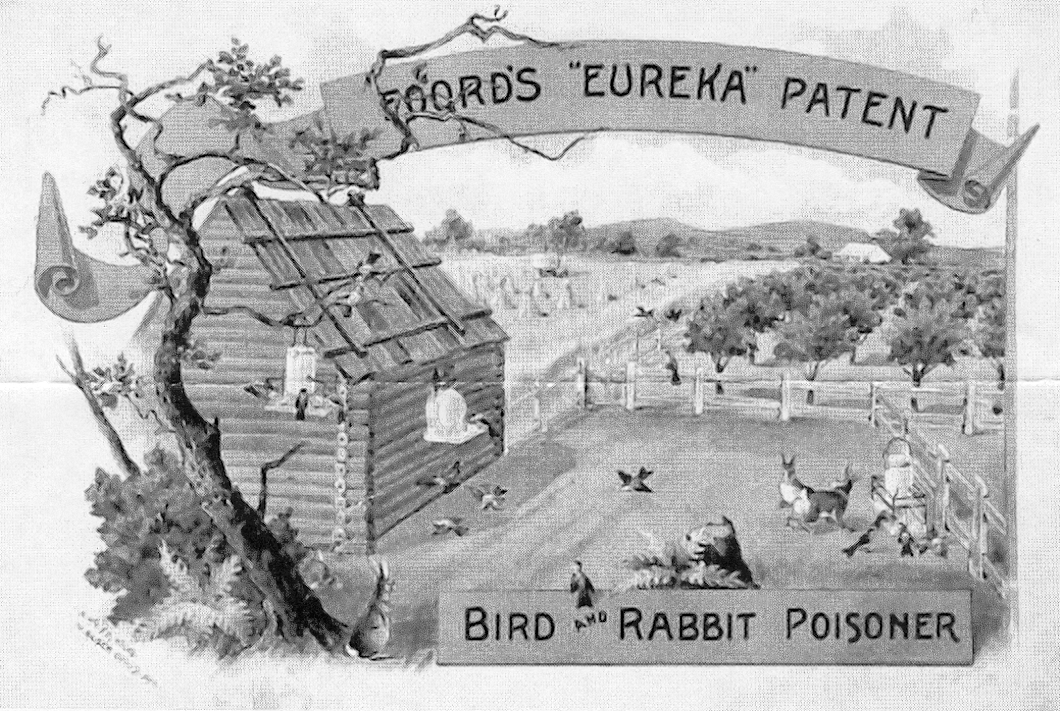
Interested in a lonely rabbit fence sign and a map of fences in Western Austalia?
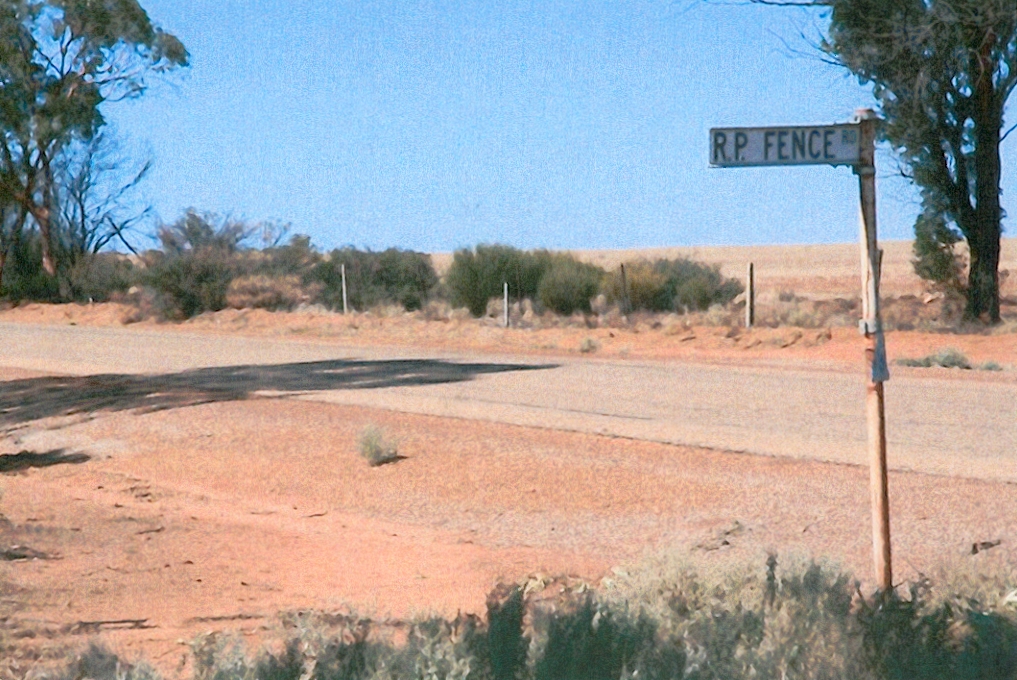
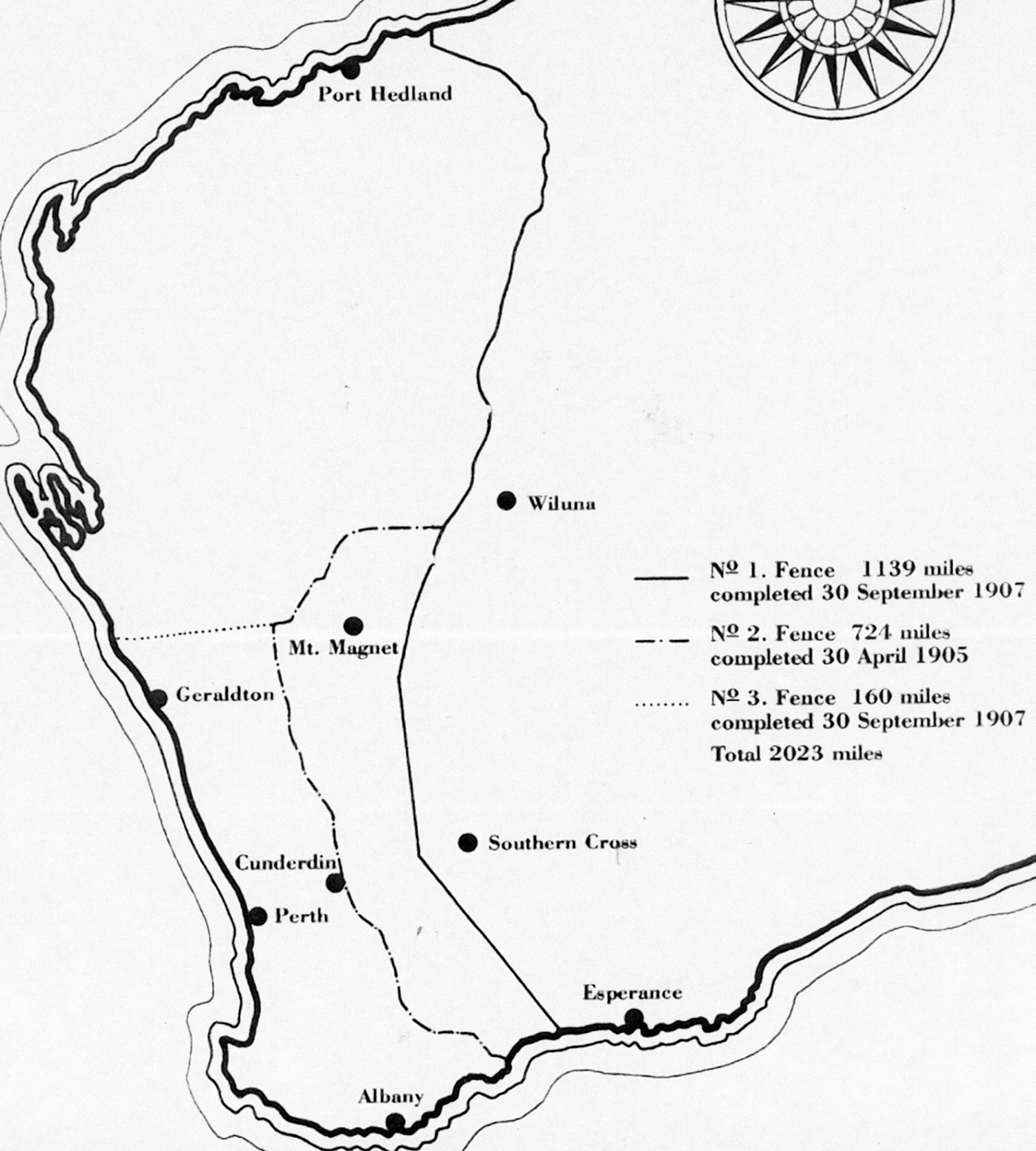
Is there anyone out there who can give me clues as to who was the artist and what is the meaning of the cartoon?
Addendum October 2009: Jean Bingle from Australia contacted [email protected] and the following reply was received by her: “The cartoon seems to represent the issue of the rabbit proof fence, which was built to protect Western Australia crops and pasture lands from the destructive scourge of the rabbit. Introduced to Australia in Victoria in the 1850s, the pest rapidly spread across eastern Australia. By 1896 it had been found as far west as Eucla (WA)and 200 kilometers further west at Twilight Cove, near Esperance (W.A.). The fence represents a unique, if inadequate, response to an overwhelming environmental problem. Unfortunately nothing really new about the postcard, but interesting, possibly provides a degree of authenticity? Thank you Jean.